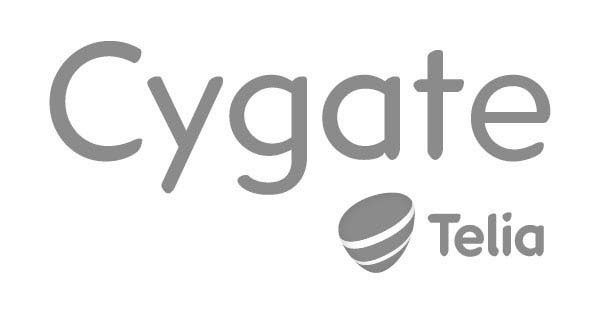Setting a budget is often stressful and performed reluctantly. Business units may feel forced to carry out the work and the benefit of the budget is often seriously questioned. Recognising such problems is the first step towards solving them. Here we've shared our experience of the most common problems that organisations encounter in their budget work.

1. DIFFICULT TO GET COMMITMENT FROM THE BUSINESS AND A CLEAR PURPOSE OF THE BUDGET
Budget work is not infrequently thought of as a "necessary evil". Often, those responsible for budget work need to exert a lot of pressure to force business units to complete their budget on time, if at all. From their perspective, there are more important things to do and the budget quickly becomes out of date. Often, the budget is used for various different purposes such as cost control, performance assessments, etc., so it is not entirely clear to the business why the budget is really needed.
If management has a hard time getting the business to set a budget, it certainly can be difficult to extend the process to include, for example, rolling forecasts, which many organisations recognise as the best way to improve the relevance and usefulness of their planning processes.
What can be done to increase engagement?
2. POOR OVERVIEW
It is often difficult to get an clear overview of the process and data. The individual departments or divisions can often get a clear picture of their costs and whether the revenue is sufficient to cover them. But from a larger perspective it becomes a little more difficult. How is the budget aggregated in the best way? Who are the key stakeholders for the budget process and do they have access to information tailored to them?
3. DIFFICULT TO UNDERSTAND
The budget is often be presented from an accounting perspective, because it is usually the accounting & finance people responsible for the budget. But people within the business don't always understand the language and numbers that are communicated. Maybe the business only sees the budget as amounts against a variety of different accounts: not at all how they think about their business operations. If it's difficult to understand how the budget came to be, or what it means, confidence decreases and the whole purpose of the budget work is lost. Why should we use negative revenue? What does this account mean? etc. Many questions arise.
4. TOO MUCH MANUAL WORK
Once the individual business areas have compiled their detailed budget it needs be aggregated to a higher level. Many technical solutions have difficulties with this and offer no easy way to adequately consolidate the budget. Therefore, it is not uncommon to spend a great deal of time at the end of the budget process with manual consolidation of figures, taking time and potentially introducing data entry errors.
5. DARE I TRUST THE NUMBERS?
Depending on how the process looks, how involved different people within the business are, and what tools are used, it can be difficult to fully trust what has been produced. Furthermore, if many people are involved in the process, the risk of errors increases. With limited system support, confidence in the resulting output decreases. What underlying figures were used? Are all calculations underlying the budget figures correct? Have there been data entry errors? Did the various stakeholders have a common understanding of the data they provided?
/Anders
Did you enjoy the article? Email me if you'd like to discuss your planning challenges and how we've helped other businesses overcome similar issues.











